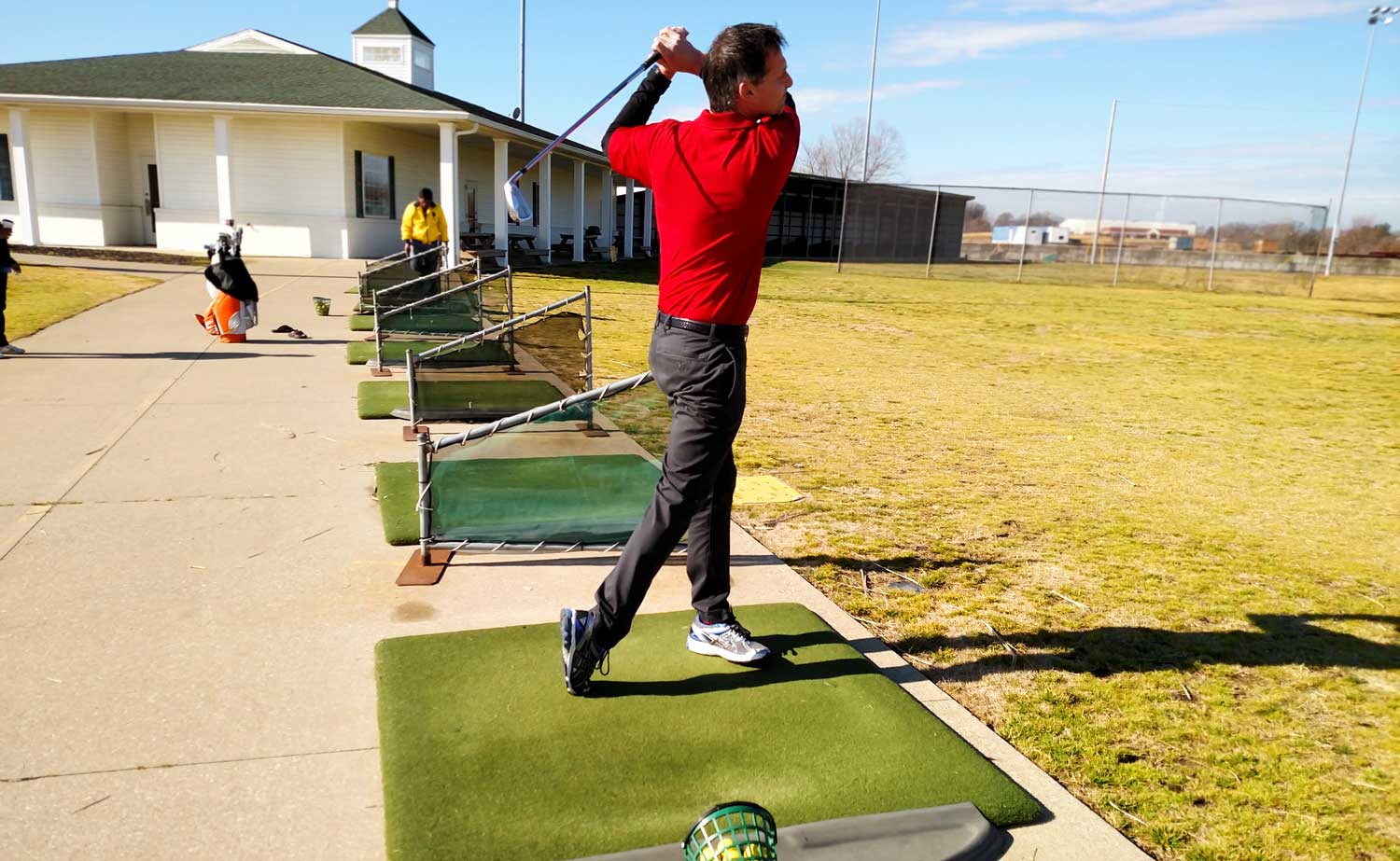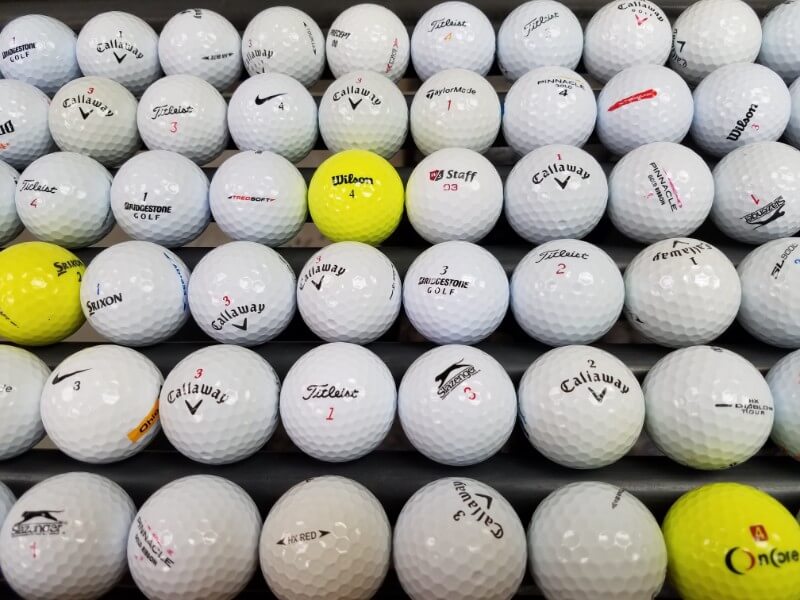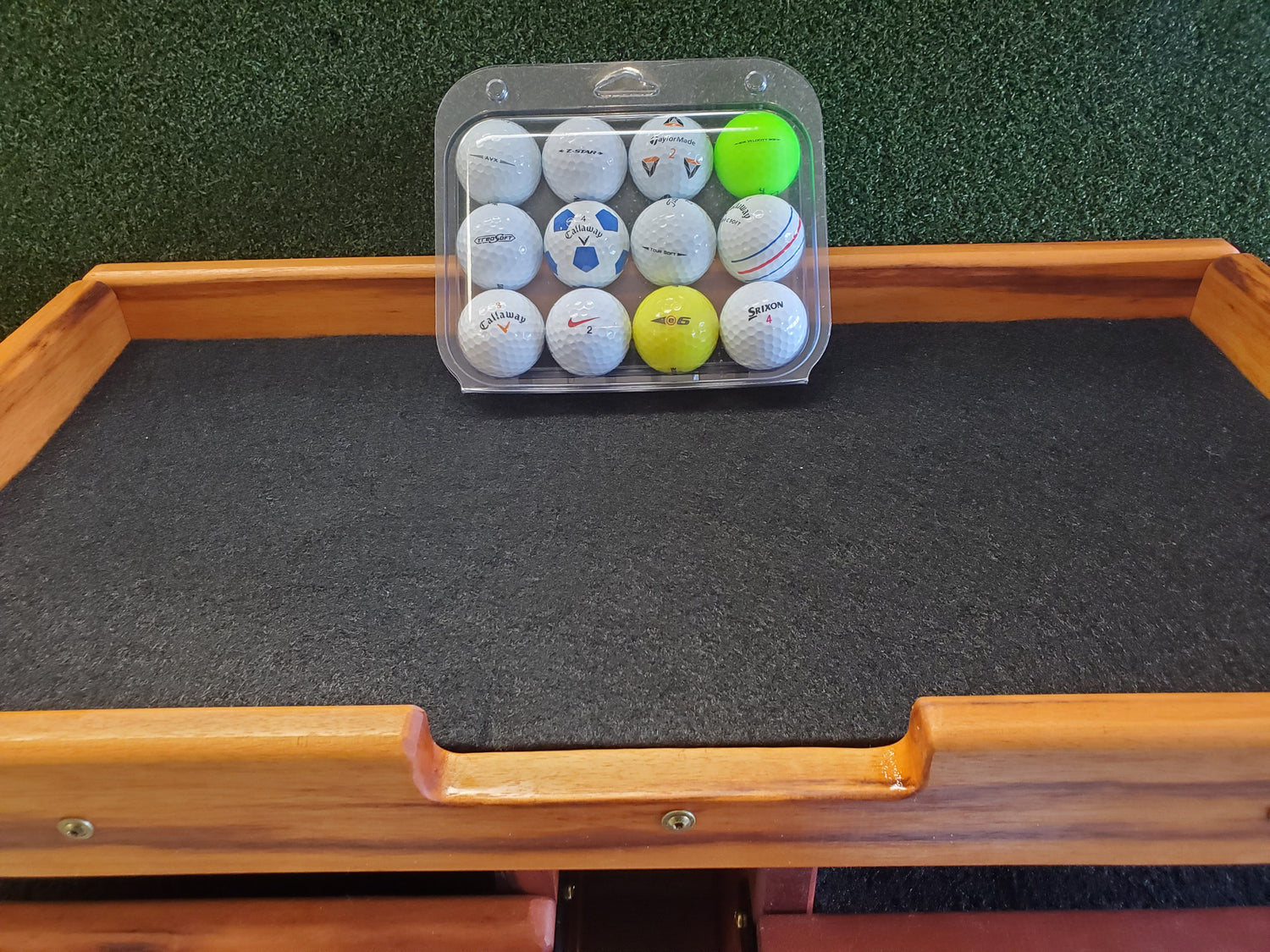History & Evolution of the Golf Club
Share
History & Evolution of the Golf Club
Since the invention of the game of golf, golfers have been making clubs themselves. In these early days, they were typically made of wood. Later, golfers turned to skilled artisans for high-quality golf club production. King James IV of Scotland was the first one to commission William Mayne as the Royal Clubs Maker.
By the 1500s, the clubs were made of wood; a shaft was made from ash while the golf club head was crafted from tougher woods such as holly or apple. The two would then be connected together and be bound by a leather strap.
Despite the introduction of the Featherie in 1618, the club's head continued to be made of wood. However, since the Featheries were delicate, with iron forged on the head. The wooden clubs were expensive due to the time and labor spent in making them, and as such, golf games were seen as an activity of high-class people.
In 1848, Reverend Adam Paterson introduced the guttie ball, leading to the development of longnose and drivers club. They were replaced by Bulgers, which resembles the modern woods. In the 1870s, the drop forging companies were able to produce club heads made of iron. Later in 1900, persimmon was now used to make the clubs head. Later, in 1908 more innovations were made; grooves on the golf club face increased backspin, generating the ability to hit the ball over a longer distance.
Until 1939, a golfer was allowed to carry between 20 and 30 clubs in their bags. With the introduction of the steel-shafted club, R&A introduced the 14 club rule in 1939. For the next few decades, little advancement was made, and it wasn’t until 1963 that the casting technique of manufacturing club heads was introduced, and which has resulted in them becoming more affordable. Solheim developed the ping putter in the 1970s, which added more weight at the heel, enabling golfers to putt straight. In 1973, graphite shafts were introduced; these shafts were more rigid, lighter, and stronger than the steel shafts.
Then, in the early 2000's hybrid clubs made of wood and iron were invented. These became popular, especially among seniors or women. Technological advancements have further enabled them to be personalized for individual needs.
What Is The Best Way To Clean Golf Clubs?
Golf clubs are a vital aspect of your game, and proper maintenance is essential for long-lasting and effective use. Various methods can be used to clean a golf club based on the material. However, the best way to clean a metal woods golf club is by following three basic tips.
How Do You Clean Metal & Wood?
- Mix warm water and two teaspoons of dishwashing soap into a bowl or a bucket.
- Take your old toothbrush, deep it into the mixture, and scrub your clubs in circular motions. Avoid getting it too wet.
- Take a clean towel and dry it entirely. Ensure that no moisture is retained as it can rust the metallic part if left moist.
- Avoid submerging this type of golf club into the water. A lot of water or wetness can destroy the wood part of the golf club.
How Do You Clean A Golf Club Shaft?
Cleaning the shaft is as important as cleaning the head, as they can get dirty or even rust over time. To remove this dirt, use a damp cloth to wipe it off. Then, use another towel to dry it up. If your club shaft has rust, you can use vinegar instead of water in cleaning. After the rust is gone, use a clean towel to dry and remove any remaining vinegar.
Cleaning Golf Club Grips
Golf club grips can quickly get dirty or even worn out from sweat. You can use a damp cloth to get rid of dirt and rinse it with clean, warm water. Then use a towel to dry it, ensuring no water has gotten into the shaft. After each use, wiping the club is the key to reducing the time and difficulty of cleaning the golf club in the future. You can carry products such as the Club Glove microfiber double towel with you to help with this during play.
Which Cleaning Products are Required?
- A Bucket/Bowel: This should be large enough to fit the number of golf clubs that you have
- Warm Water: Luke-warm water is preferred over hot, as too high of a temperature can loosen the joint between the golf club head and shaft.
- Light dish soap
- A soft-bristled brush/ toothbrush: Hard brushes can cause scratches to your club, reducing its effectiveness.
- Towels: The number of towels needed is based on the number of clubs that you have.
What Should You Avoid Doing When Cleaning Your Clubs?
- Avoid using hot water
- Do not dip or submerge the shaft or club heads in water if they are made of wood
- Avoid the use of stiff brush while scrubbing as it can cause scratches
- Avoid leaving your clubs wet
Various methods can be used in cleaning a golf club. The choice of the technique depends on the material of the golf club.
Purchase Great Home Practice Equipment
Just as you will need your clubs to be in proper condition to play your best game, you will also need you to have your game in the best possible condition. Regular practice will be vital to keep your game in the condition it needs to be in, and Rawhide Golf Ball Co can provide you with all the balls and practice mats that you will need to maintain your short and long game.




